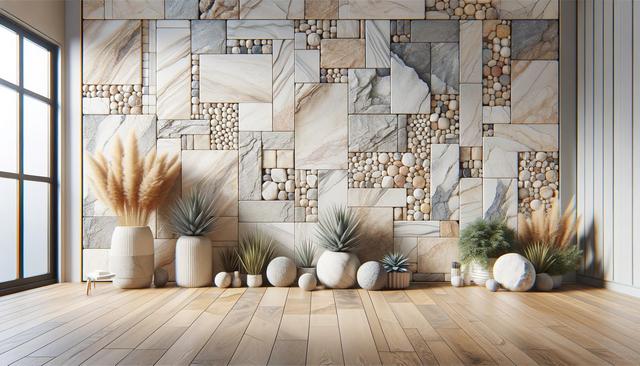Understanding Stone Coated Wall Panels
Stone coated wall panels are an innovative building material that merges the strength of metal substrates with the natural appearance of stone textures. This hybrid design offers a unique balance between functionality and visual appeal. Typically constructed from galvanized steel or aluminum, these panels are coated with a layer of stone chips that are bonded to the surface with an acrylic film. This design enhances resistance to weather, corrosion, and impact, making them suitable for a variety of architectural applications.
In both residential and commercial constructions, these panels are often selected for their ability to imitate natural stone finishes while reducing the weight and cost associated with traditional masonry. Their adaptability and resilience make them a go-to choice for facades, accent walls, and exterior cladding. The panels come in multiple textures and colors, allowing builders and designers to match aesthetic goals without sacrificing durability.
Material Composition and Manufacturing Process
The core strength of stone coated panels lies in their layered composition. The base metal provides structural integrity, while the stone coating protects against UV rays and mechanical damage. The manufacturing process typically involves the following steps:
- Metal sheeting is cut and shaped according to desired panel dimensions.
- An adhesive layer is applied to bond the stone granules.
- Stone chips are spread over the adhesive and pressed into place.
- Panels are cured and finished with a clear acrylic overcoat for added protection.
This multi-layer system not only enhances mechanical performance but also contributes to thermal insulation and sound dampening. Quality control during manufacturing ensures each panel maintains consistency in appearance and structural reliability, which is especially important for large-scale construction projects.
Applications in Different Environments
One of the key advantages of stone coated wall panels is their versatility. They are used in a wide range of environments, from coastal regions to urban centers and rural settings. Their resistance to salt spray, humidity, and temperature variations makes them particularly well-suited for exterior walls in demanding climates.
Common applications include:
- Residential buildings: enhancing curb appeal with low maintenance finishes
- Commercial facades: durable and attractive surfaces for retail and office buildings
- Public infrastructure: weather-resistant cladding for schools, hospitals, and government facilities
In addition to environmental durability, their modular design simplifies transportation and installation, which can reduce labor costs and timelines for construction projects.
Installation Techniques and Considerations
Proper installation is critical to maximizing the lifespan and performance of stone coated panels. Panels are most often installed using a concealed fastener system that preserves the exterior finish and prevents moisture infiltration. Depending on the application, panels may be mounted directly onto structural framing or over a sheathing layer with a weather barrier.
Key installation considerations include:
- Panel alignment and spacing for thermal expansion
- Use of flashing and sealants to prevent water intrusion
- Adherence to manufacturer guidelines for cutting and handling
Installers must also account for building movement and ensure structural support is sufficient for the added weight of the panels. While lighter than natural stone, they are still heavier than traditional siding options and may require added reinforcement in some cases.
Maintenance and Longevity
One of the appealing features of stone coated wall panels is their low maintenance requirements. Unlike traditional masonry or stucco, these panels do not require sealing or frequent cleaning. Their protective coating resists dirt accumulation, mildew, and fading, even in harsh environments.
To ensure long-term performance, property owners should conduct periodic inspections, especially after extreme weather events. Recommended maintenance practices include:
- Rinsing with water to remove surface dust and debris
- Inspecting joints and fasteners for signs of loosening or corrosion
- Touching up any surface chips or scratches with manufacturer-approved coatings
When properly installed and maintained, stone coated wall panels can last several decades, making them a cost-effective option over the building’s lifetime. Their durability and resistance to environmental wear contribute to lower long-term repair and replacement costs compared to other exterior cladding materials.
Conclusion: A Smart Investment in Building Design
Stone coated wall panels present a compelling solution for those seeking a combination of strength, style, and longevity in exterior wall construction. Their ability to mimic natural stone while offering enhanced protection makes them ideal for a wide range of settings. Whether used in residential, commercial, or institutional applications, these panels offer an efficient and resilient option for both new construction and renovation projects. For architects, builders, and property owners aiming to enhance aesthetic value while ensuring durability, stone coated wall panels are a practical and visually appealing choice.


